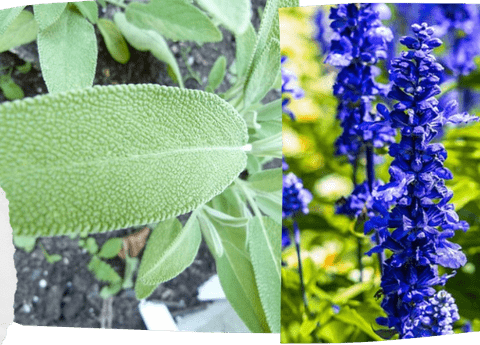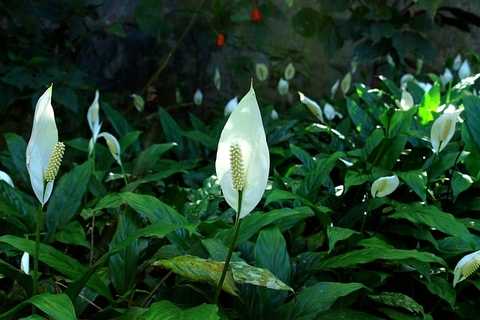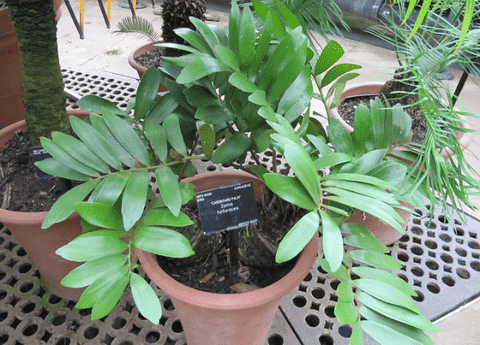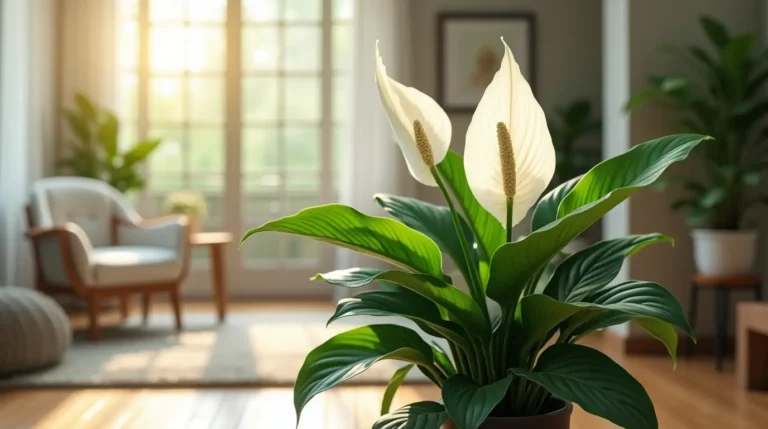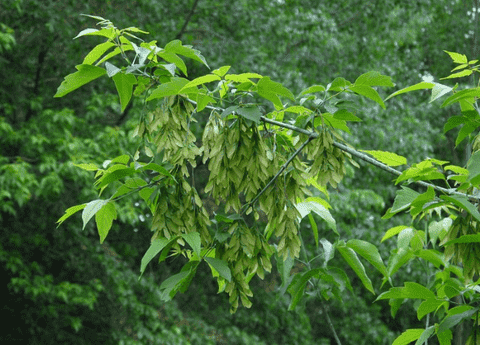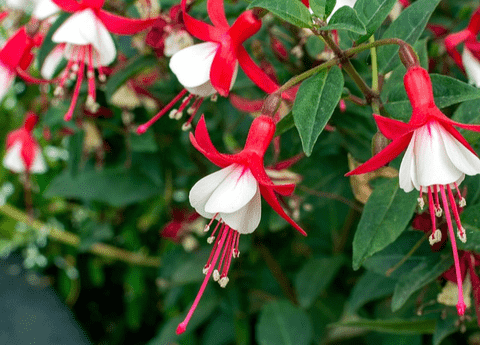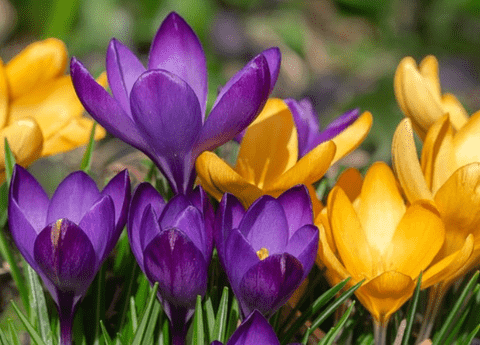The Ultimate Guide to Growing Salvias: Enhance Your Garden with These Vibrant Plants
Salvias, known for their vibrant blooms and versatility, are a fantastic addition to any garden. These hardy plants come in a variety of colors and forms, making them a favorite among gardeners, plant enthusiasts, and landscape designers alike. With their easy care requirements and long flowering season, salvias can transform your garden into a colorful oasis. In this ultimate guide, we will delve into the best salvias for your garden, offering tips on plant care and creative ideas for landscaping with these striking garden plants. Get ready to discover how flowering salvias can enhance your outdoor space.
Introduction to Salvias
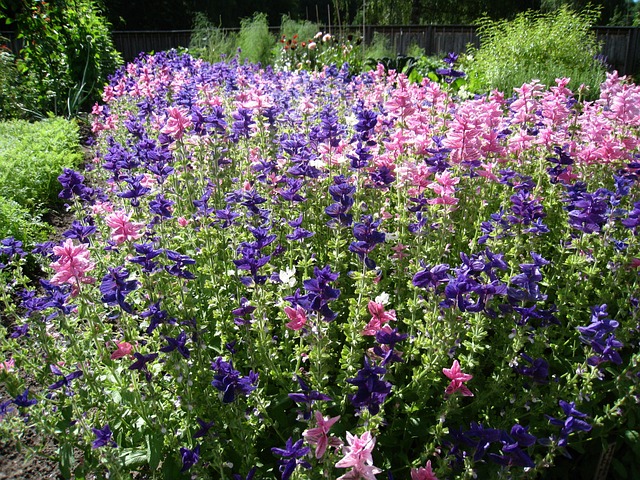
What Are Salvias?
Salvias are a diverse genus of plants within the Lamiaceae family, commonly known as the sage family. With over 900 species, salvias are renowned for their aromatic foliage and vibrant flowers that range from blues and purples to reds, pinks, and whites. These garden plants vary in size from compact ground covers to towering shrubs, making them suitable for various landscaping needs. Salvias are popular for their long blooming seasons, often providing color from late spring through fall. Additionally, they attract beneficial pollinators like bees, butterflies, and hummingbirds, enhancing the biodiversity of your garden. Understanding the unique characteristics of salvias can help you choose the best varieties for your space and ensure successful plant care and growth.
Benefits of Growing Salvias
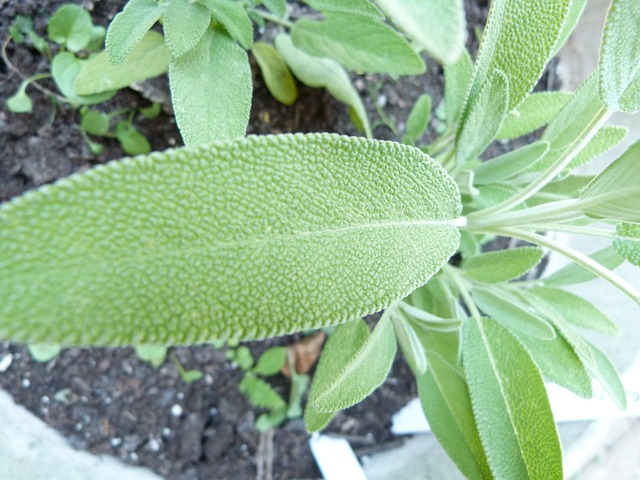
Growing salvias in your garden offers numerous benefits. First and foremost, salvias are known for their low maintenance requirements. They thrive in various soil types and withstand drought conditions, making them ideal for gardeners of all skill levels. Moreover, salvias are excellent for attracting pollinators. Their bright, tubular flowers draw bees, butterflies, and hummingbirds, promoting a healthy and vibrant ecosystem in your garden. Additionally, salvias have a long flowering season, ensuring a continuous display of color from spring to fall. Their aromatic foliage can also deter common garden pests, reducing the need for chemical interventions. Finally, the diversity within the salvia genus means there is a variety suitable for every garden style and climate, from ornamental borders to container gardens and xeriscapes. These benefits make salvias a valuable addition to any garden space.
Popular Varieties of Salvias
There are numerous varieties of salvias that can enhance any garden with their unique characteristics and vibrant colors. Salvia officinalis, commonly known as culinary sage, is prized for its aromatic leaves used in cooking. For striking floral displays, Salvia splendens, or Scarlet Sage, offers bright red blooms that attract pollinators. Salvia nemorosa, also known as Woodland Sage, features purple spikes and is a favorite for perennial borders. Salvia guaranitica, or Anise-Scented Sage, has deep blue flowers and a pleasant licorice fragrance. Another popular variety is Salvia greggii, or Autumn Sage, which provides a kaleidoscope of colors from red to pink and white flowers. Lastly, Salvia leucantha, or Mexican Bush Sage, is known for its fuzzy purple and white blooms that add a soft texture to garden landscapes. Understanding these popular varieties can help you choose the best salvias for your garden.
Planting and Care
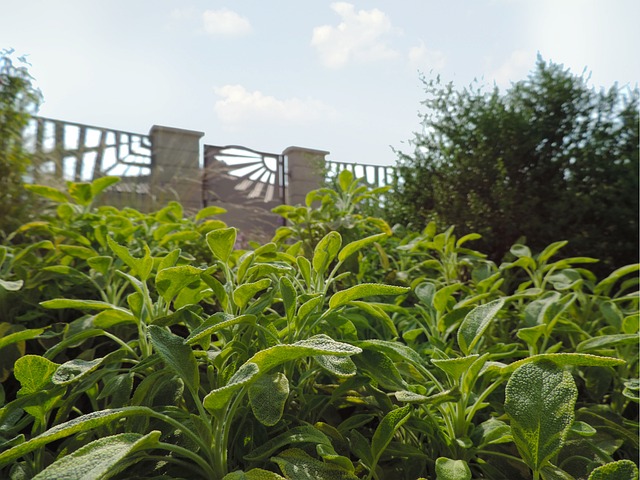
Choosing the Right Location
Selecting the right location is crucial for the successful growth of salvias. These garden plants thrive best in full sun, requiring at least six to eight hours of direct sunlight daily. Sufficient sunlight guarantees healthy growth and abundant blooms. While salvias are adaptable to various soil types, they prefer well-draining soil to prevent root rot. If your garden has heavy clay soil, consider amending it with organic matter or planting salvias in raised beds to improve drainage. Salvias also benefit from good air circulation, which helps reduce the risk of fungal diseases. When planting, ensure enough space between plants to accommodate their mature size and promote healthy growth. By choosing the right location, you can provide an optimal environment for your salvias, ensuring they thrive and add vibrant color to your garden.
Soil and Water Requirements
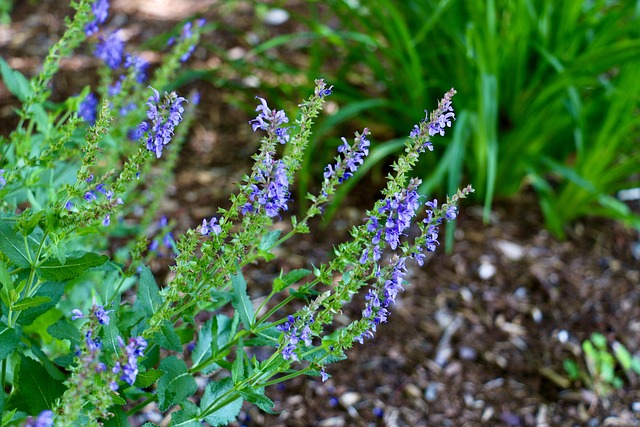
Salvias are relatively low-maintenance plants, but they do have specific soil and water requirements to thrive. These garden plants prefer well-draining soil with a pH range of 6.0 to 7.0. If your soil is heavy or clay-like, amending it with compost or sand can improve drainage and create a more hospitable environment for your salvias. When it comes to watering, salvias are drought-tolerant once established but will need regular watering during their initial growth phase. Water thoroughly but less often, letting the soil dry out between waterings to avoid root rot. Mulching around the base of the plants can help retain moisture and regulate soil temperature, especially during hot summer months. By adhering to these soil and water requirements, you can ensure that your salvias remain healthy and vibrant throughout the growing season.
Pruning and Maintenance
Pruning and regular maintenance are essential for keeping your salvias healthy and encouraging continuous blooms. Deadheading, or removing spent flowers, is a simple but effective practice to promote new growth and extend the flowering season. Use sharp, clean scissors or pruning shears to cut back the flower stems just above a set of leaves. In addition to deadheading, salvias benefit from hard pruning in early spring or late winter. Cut back the plant to about one-third of its height to encourage bushier growth and remove any dead or damaged stems. Regularly inspect your plants for pests and diseases, and promptly remove any affected leaves. Applying a balanced, slow-release fertilizer in the spring can provide essential nutrients to support vigorous growth. By incorporating these pruning and maintenance practices, you can ensure that your salvias remain vibrant and healthy throughout the growing season.
Designing with Salvias
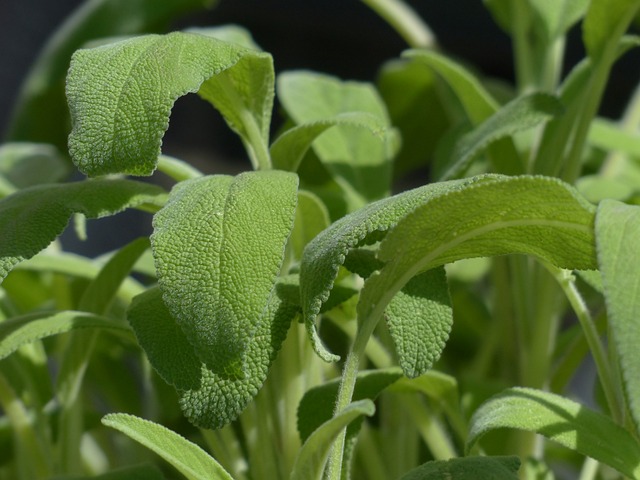
Landscaping with Salvias
Landscaping with salvias offers endless possibilities due to their diverse forms, colors, and growth habits. These versatile garden plants can be used as focal points in flower beds or as complementary plants in mixed borders. Taller varieties like Salvia guaranitica can add vertical interest to the back of a border, while shorter varieties like Salvia nemorosa are perfect for front-of-the-border plantings. Salvias also excel in attracting pollinators, so consider using them to create a butterfly or hummingbird garden. For a cohesive design, pair salvias with other drought-tolerant plants like lavender, yarrow, and ornamental grasses. Container gardening is another excellent option, especially for smaller spaces or patio gardens. Use salvias with trailing plants to create a cascading effect. By thoughtfully incorporating salvias into your landscape design, you can create a vibrant, dynamic garden that thrives throughout the growing season.
Companion Plants for Salvias
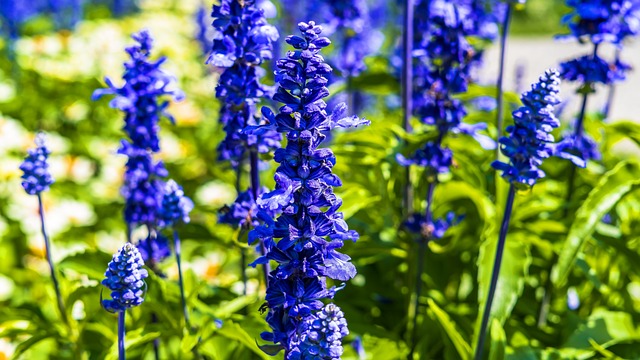
Selecting the right companion plants for salvias can enhance the beauty and health of your garden. Salvias pair well with other drought-tolerant plants that thrive in similar conditions. Lavender, with its purple blooms and fragrant foliage, complements the vibrant colors of salvias while providing a cohesive look. Ornamental grasses like Mexican feather grass add texture and movement, creating a dynamic contrast with the upright growth of salvias. Echinacea, or coneflowers, offer additional color and attract pollinators, making them excellent companions. Catmint and Russian sage can also be planted alongside salvias for a harmonious blend of blues and purples. Additionally, plants like yarrow and sedum add diversity in form and color. When choosing companion plants, consider their water and sunlight requirements to ensure compatibility. By thoughtfully selecting companion plants, you can create a well-balanced and visually appealing garden space that thrives with minimal maintenance.
Seasonal Tips for Flowering Salvias
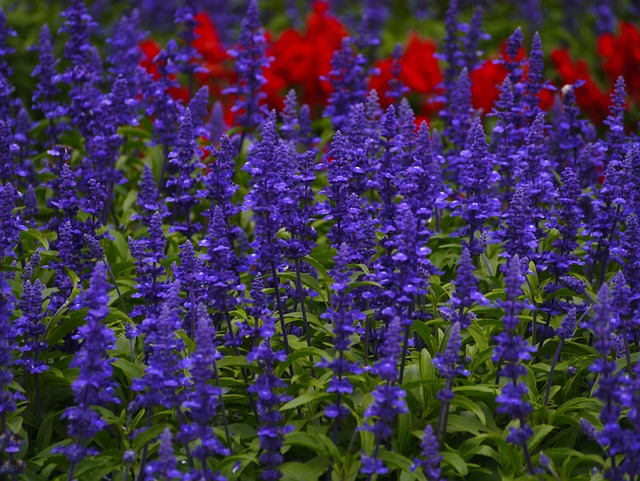
Caring for flowering salvias involves understanding their seasonal needs to ensure they remain vibrant and healthy throughout the year. In spring, focus on preparing the soil by adding compost and ensuring proper drainage. This is also the time to prune salvias back to encourage new growth. As temperatures rise in summer, water salvias deeply but infrequently, allowing the soil to dry out between waterings to prevent root rot. Mulching helps conserve moisture and maintain consistent soil temperature. During the fall, continue deadheading to extend the blooming period and remove any spent flowers. This is also a good time to divide overgrown plants and replant them in well-prepared soil. In winter, most salvias are hardy, but in colder climates, consider adding a layer of mulch to protect the roots from freezing temperatures. By following these seasonal tips, you can enjoy the beauty of flowering salvias year-round.

